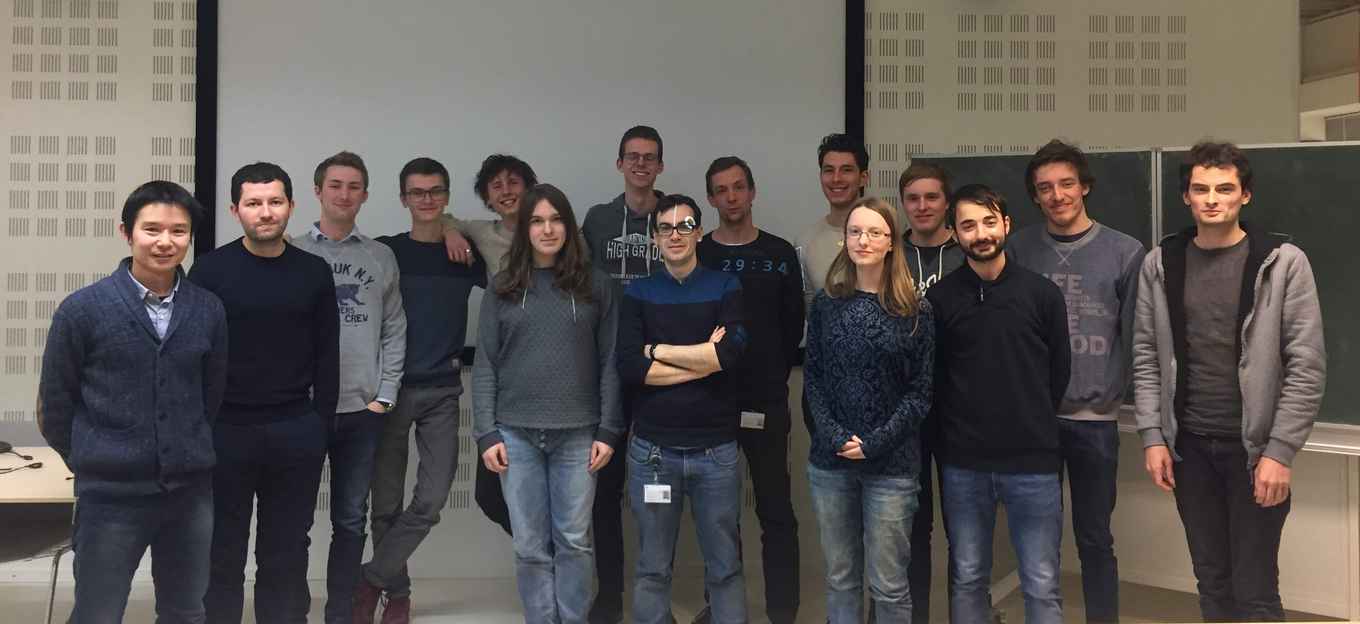Bachelor students publish research on dwarf galaxies
23 October 2019

This year, twelve bachelor students completed the workshop that was organized by Ando, Kavanagh and Macias. The students were responsible for the lion’s share of the research that went into the paper, which was published in the Journal of Cosmology and Astroparticle Physics last week.
Dwarf galaxies
The students investigated the prospects for the Large Synoptic Survey Telescope, a new telescope which is currently under construction in Cerro Pachón, Chile, to discover new dwarf spheroidal galaxies. These small galaxies that accompany our Milky Way are hard to detect because of their low luminosity, but the students’ computations predict that the LSST should still be able to find tens to hundreds of them. Such discoveries will be interesting for searches for the still elusive dark matter in the universe, since many models of dark matter predict that its annihilation inside dwarf spheroidal galaxies produces potentially observable gamma rays.
Workshop
The work was carried out in the context of the 4-week long ‘ITFA Workshop’ course in January 2019, which is part of the joint bachelor programme in Physics and Astronomy of the University of Amsterdam and the Vrije Universiteit Amsterdam. This is not the first time the ITFA Workshop leads to a published paper: last year, another group of bachelor students supervised by Ando and Kavanagh also managed to publish their results on neutrino decay.
Reference
The results of the workshop were published in the Journal of Cosmology and Astroparticle Physics on 14 October:
Discovery prospects of dwarf spheroidal galaxies for indirect dark matter searches, Shin'ichiro Ando, Bradley J. Kavanagh, Oscar Macias, Tiago Alves, Siebren Broersen, Stijn Delnoij, Thomas Goldman, Jim Groefsema, Jorinde Kleverlaan, Jaïr Lenssen, Toon Muskens, Liam X. Palma Visser, Ebo Peerbooms, Bram van der Linden and Sill Verberne, Journal of Cosmology and Astroparticle Physics, Volume 2019, October 2019.